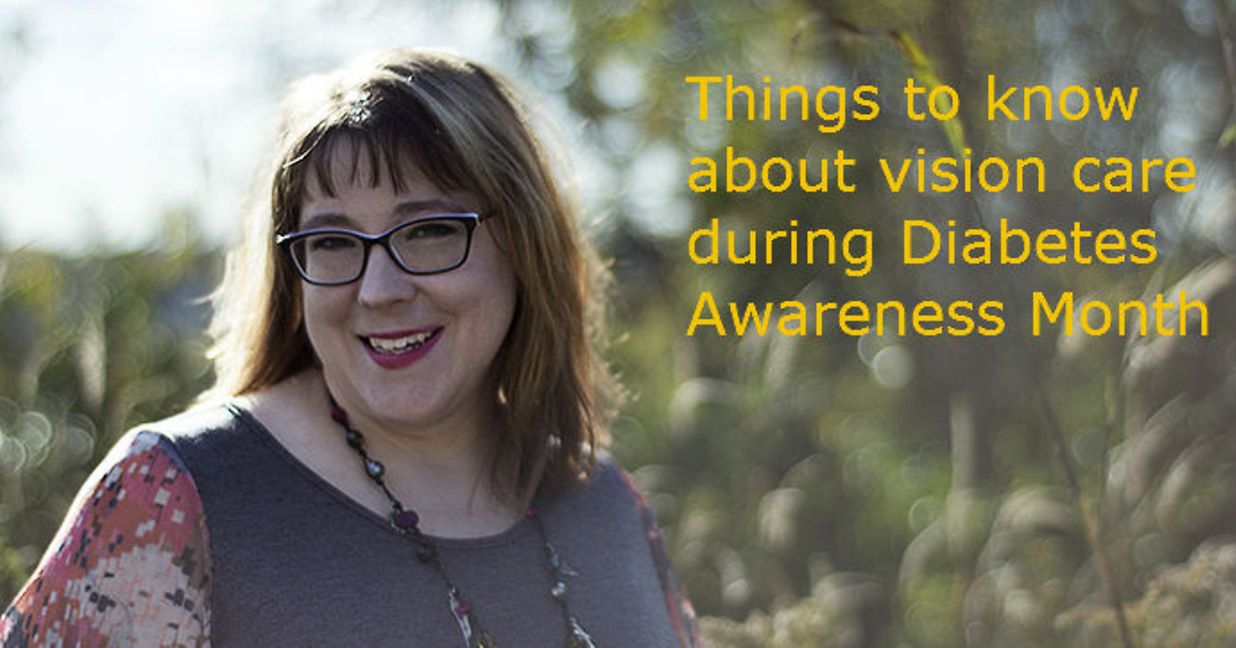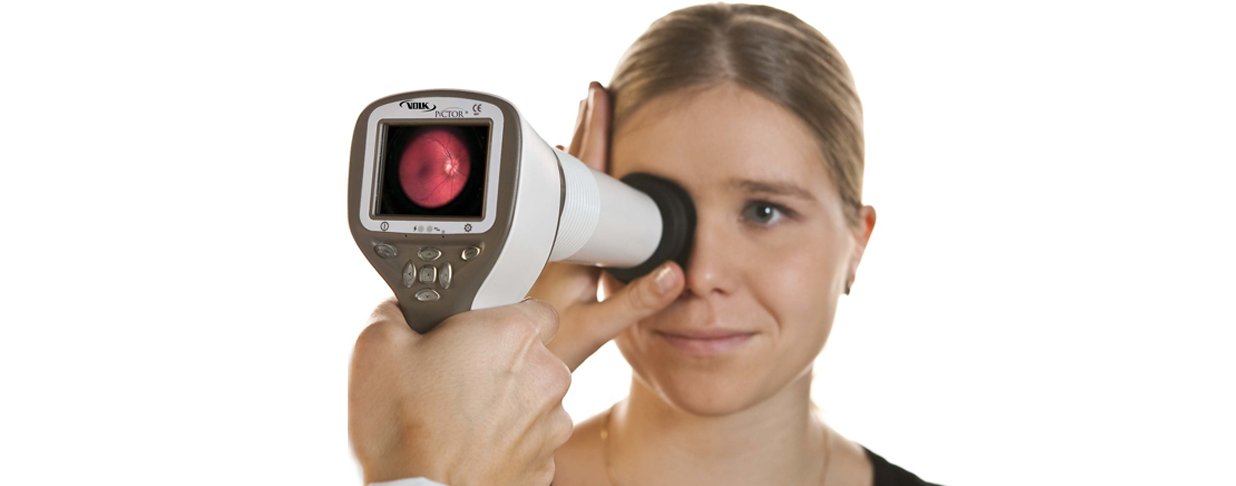I'm one of 29.1 million Americans with diabetes.
A lot of things went through my mind the day my doctor told me I have diabetes. Family history and nearly 15 years in the vision industry gave me a pretty good idea of the risks I faced. Given what I do for a living, it's no surprise that one of the first things that came to mind was the risk diabetes poses to my vision.
Eye exams can provide early clues of diabetes
The most common eye complication of diabetes is diabetic retinopathy, which affects 4.2 million Americans with diabetes who are age 40 or older. Diabetic retinopathy occurs when the small blood vessels in the retina become damaged. Over time, it can lead to permanent vision loss. That’s not all. People with diabetes are also more likely to have glaucoma and cataracts than the rest of the population.
As an EyeMed employee, I knew right away that one important part of my care would be annual comprehensive eye exams. We recommend annual eye exams for everyone. But for those of us with diabetes, visits to the eye doctor are even more important. Not only can my optometrist see what’s happening in my eyes right now, she can begin to monitor my retina for changes over time.
In fact, for some people, an eye exam might result in their first clue that blood sugar is too high. When eye doctors dilate patients’ eyes, they get an in-depth look at blood vessels and can spot the first signs of diabetes.
Vision care going beyond the eye exam to manage diabetes
EyeMed has long done a lot to make sure our members who have diabetes get the eye care they need. First, all network providers must dilate the eyes of members with diabetes. Optometrists also have to report to us if patients have diabetes so we can better track and document care trends.
We instruct eye doctors to send exam notes to the patient’s primary care physician to promote coordination of care. And we even conduct audits to make sure doctors follow these protocols. It’s all done with the member’s health in mind.
Our clients can also choose to offer a diabetic eye care plan, covering additional services some patients with diabetes need. This plan not only promotes eye care among members with diabetes, it can save companies money over time by shifting this cost away from medical claims. Another client option: sending special eye exam reminders to enrolled employees who are identified as at-risk for diabetes by their provider, at no additional charge.
The costs of companies not having a vision plan is startling
There are a lot of things I need to do to keep my blood sugar in check – diet, exercise, medications. And going to the eye doctor every year is on that list, too. Luckily, as an EyeMed member in addition to being an employee, I know I have the benefits I need and the processes in place behind the scenes to easily integrate vision care into my overall care plan.
All of this is top of mind for me during November, which is Diabetes Awareness Month. I’m one of 29.1 million Americans with diabetes today.
Add to that another 86 million people with pre-diabetes, and it’s startling to think the opportunity companies might be missing if they don’t have a vision plan to help off-set the costs of annual eye exams.
No one wants to hear they have diabetes, but good vision benefits that focus on the special eye care needs of those fighting to keep our sugar levels under control, and our long-term complications at bay, can help people like me have a brighter, healthier future with less risk for vision loss due to diabetes.
For more about eye care and diabetes, visit EyeMed's EyeSiteonWellness.com and the American Diabetes Association web site.




